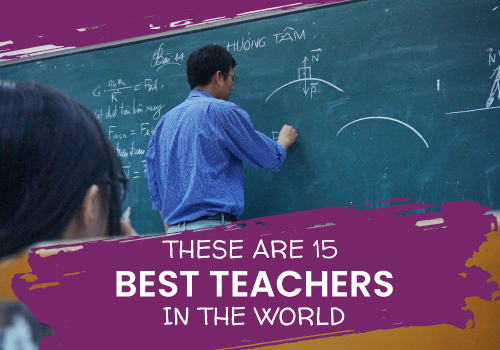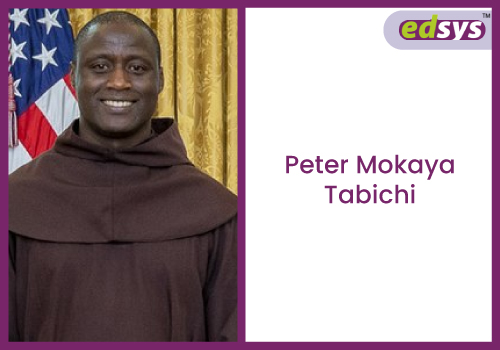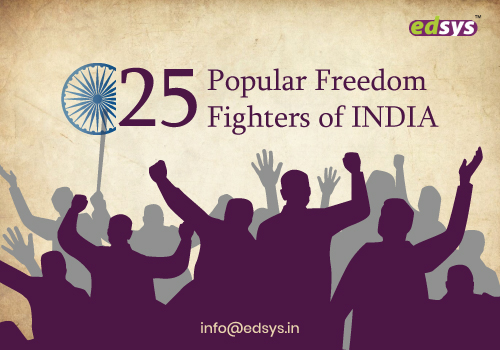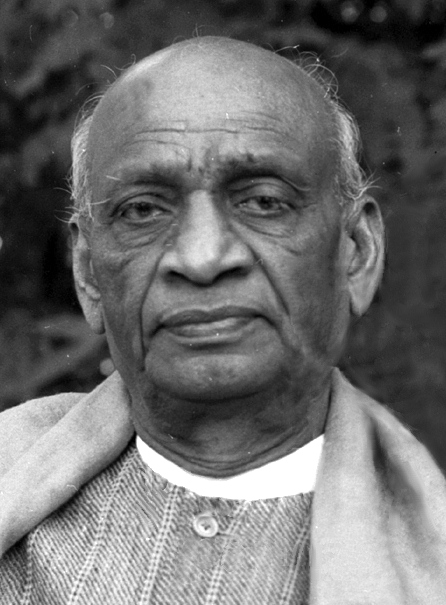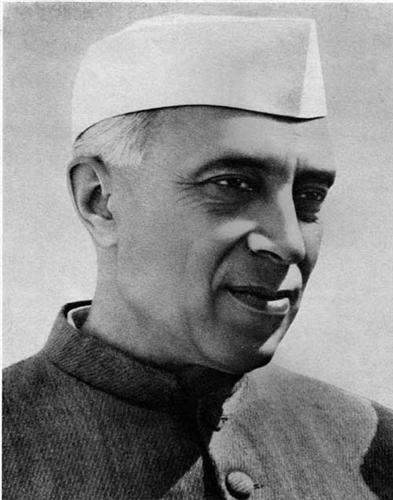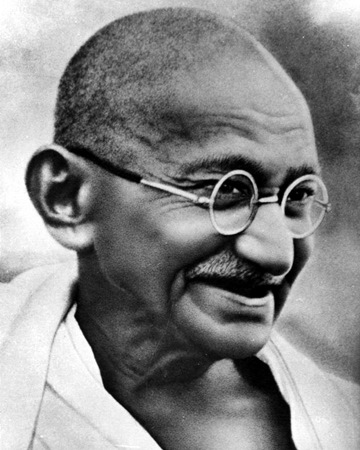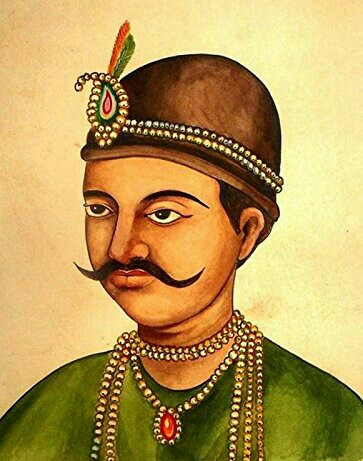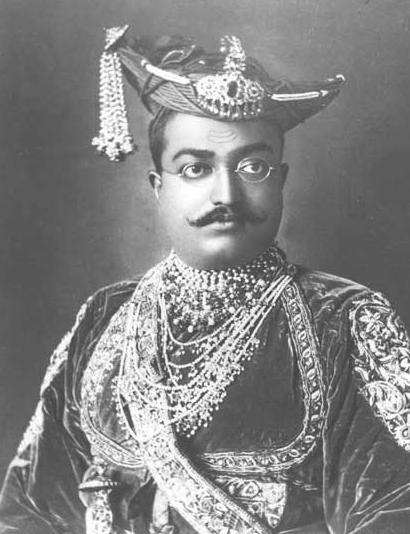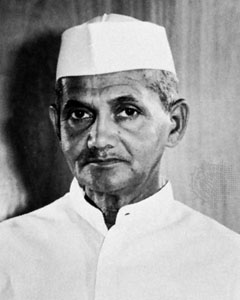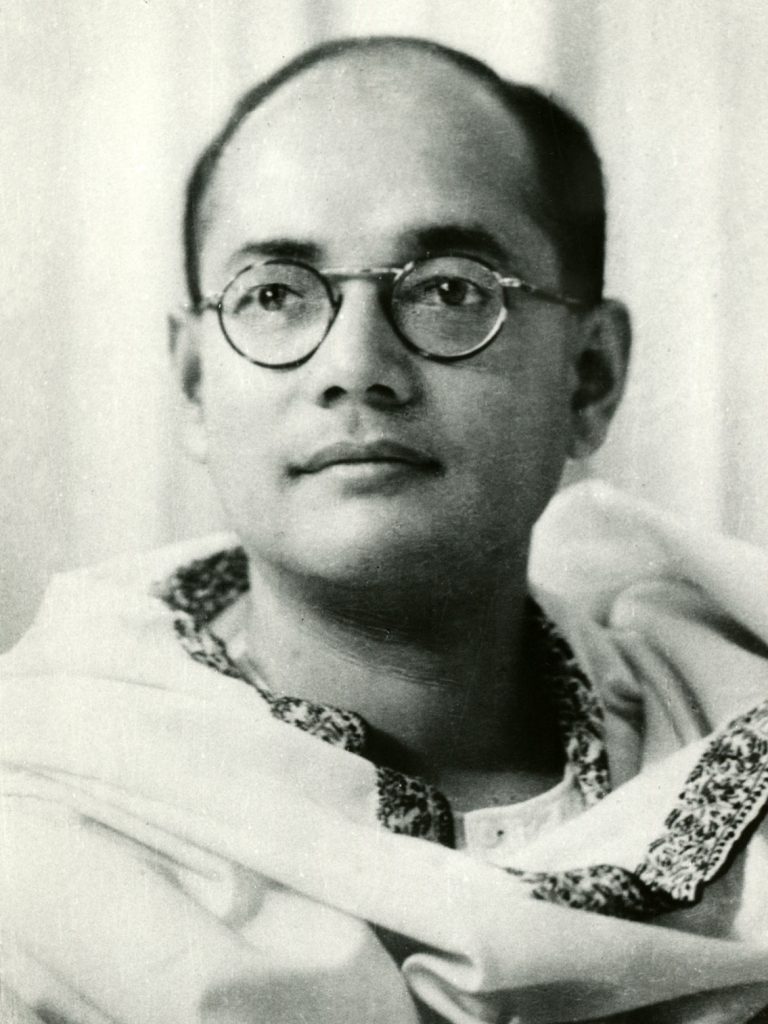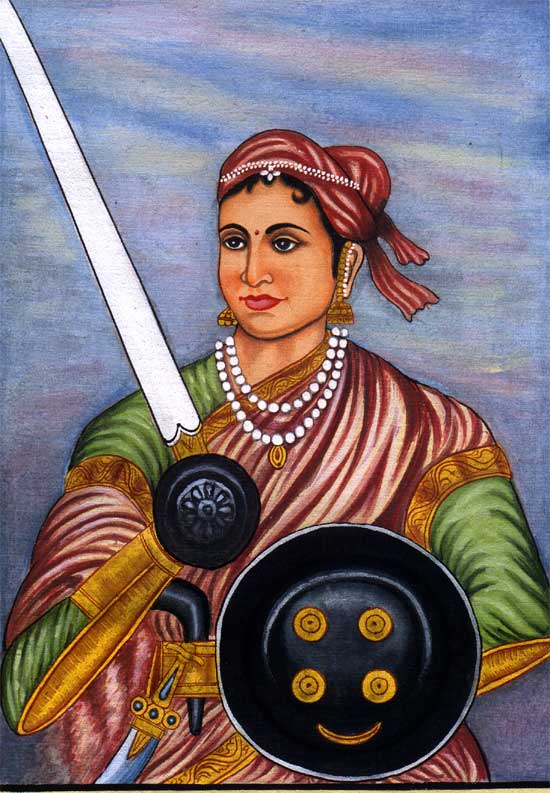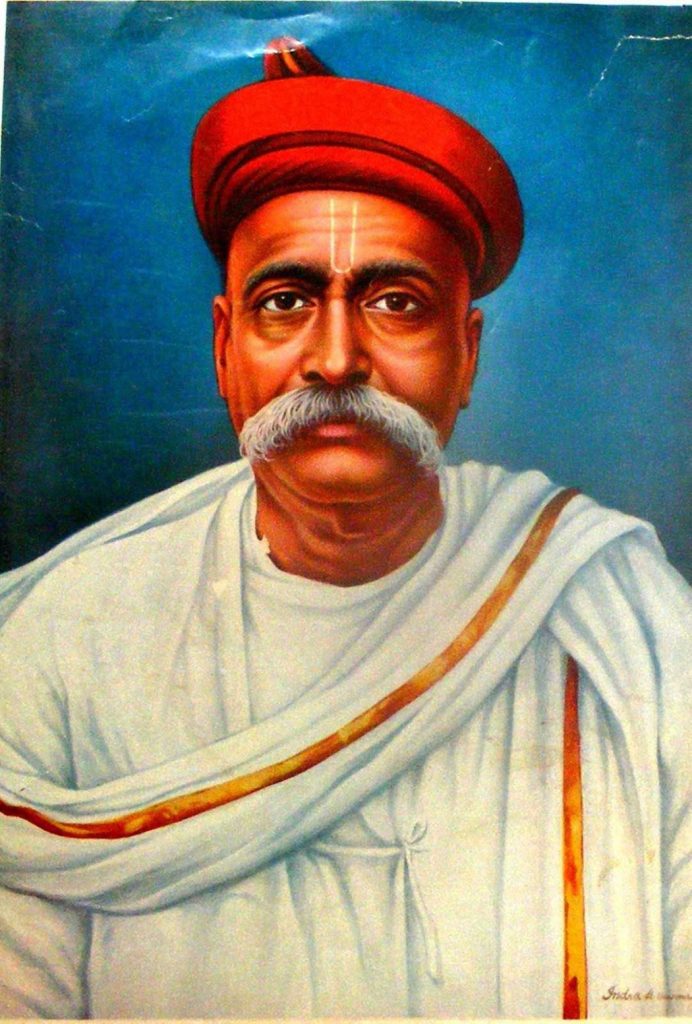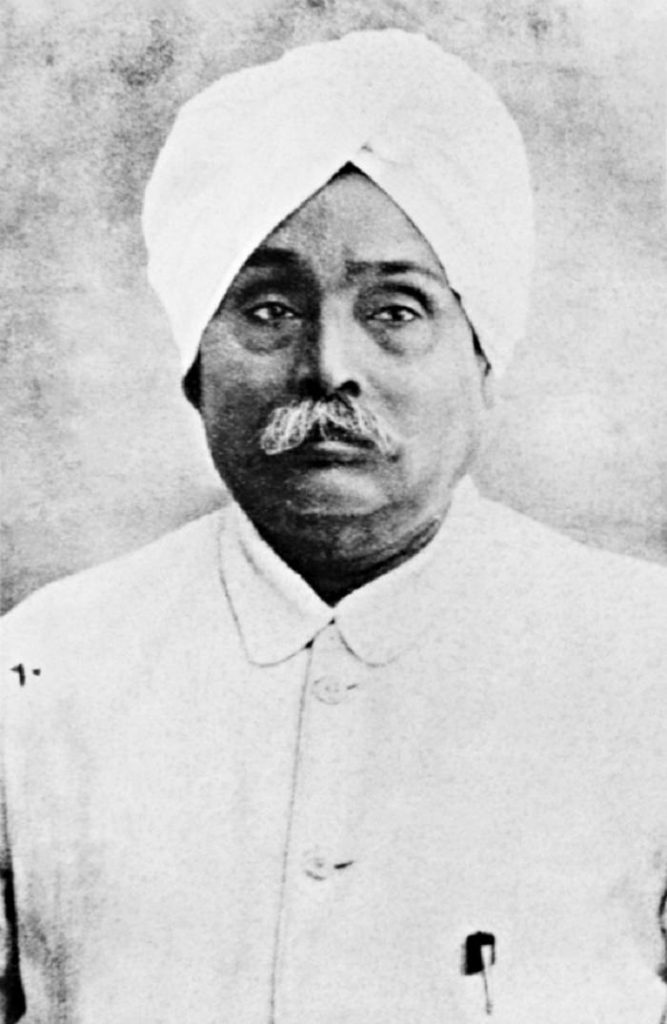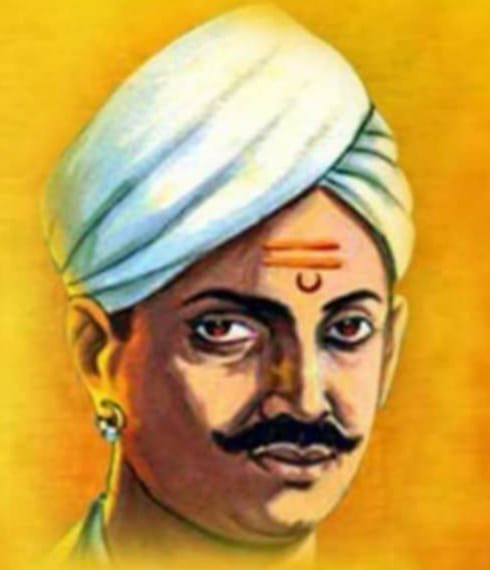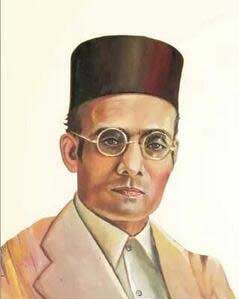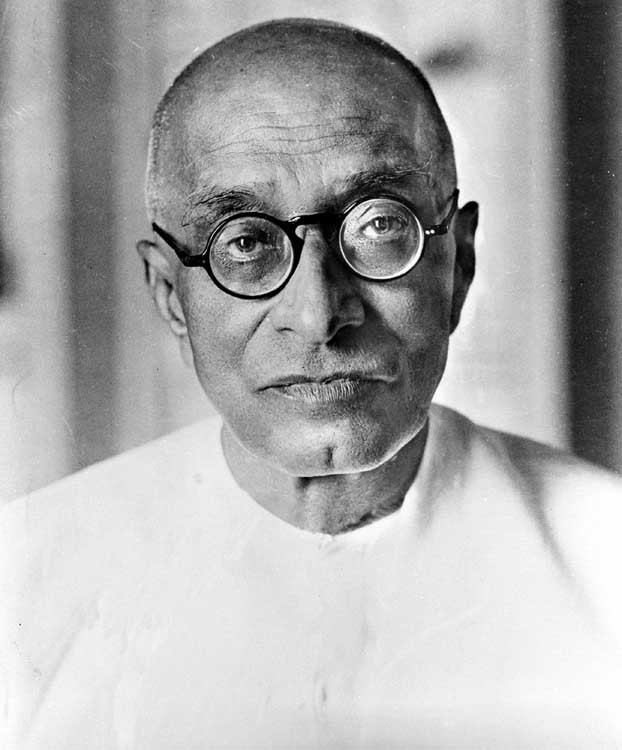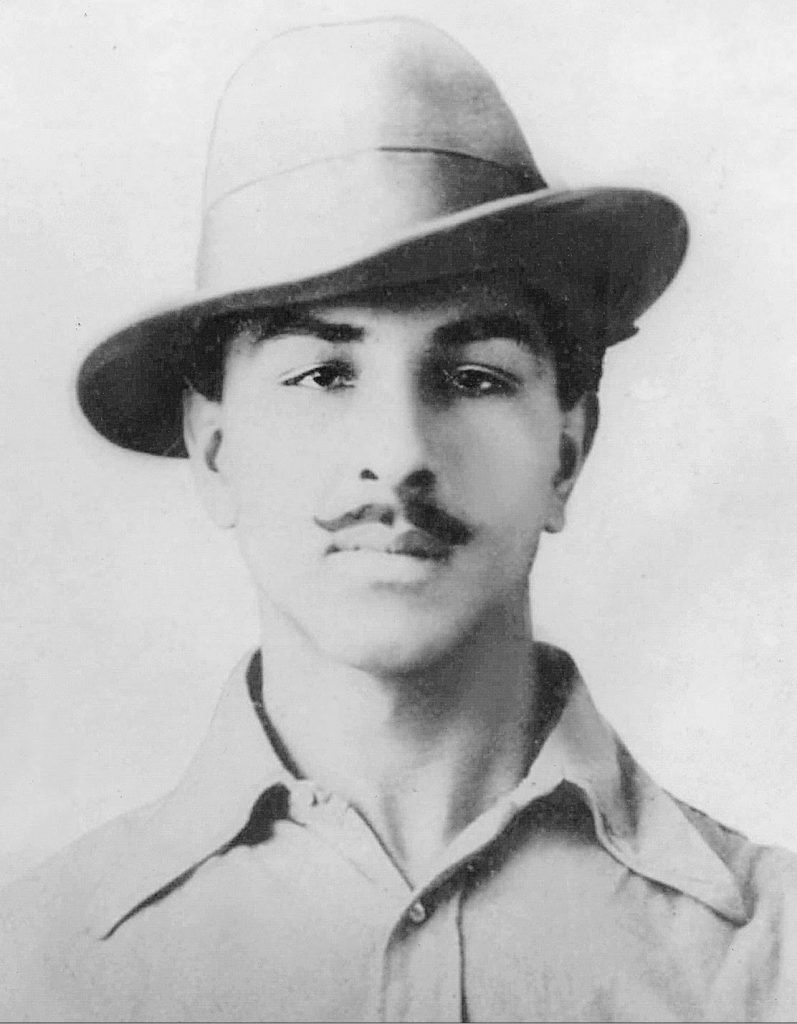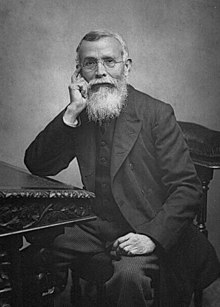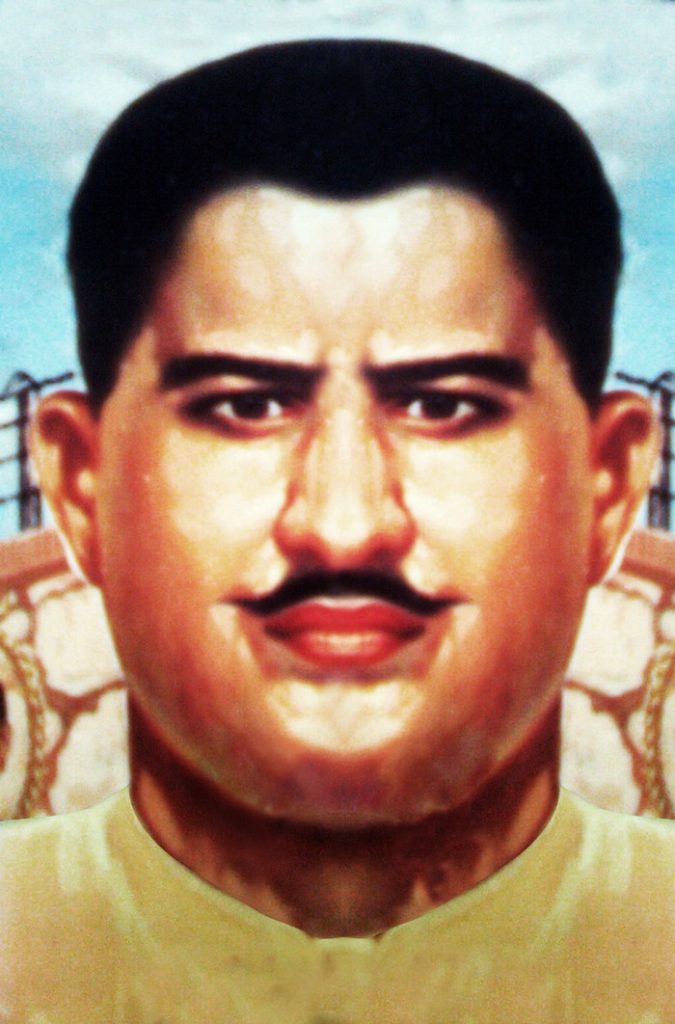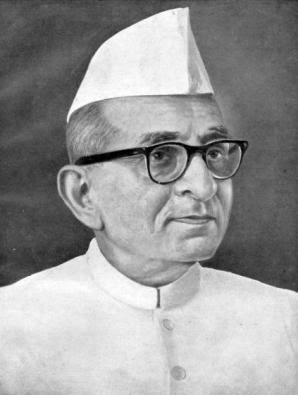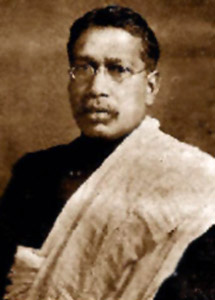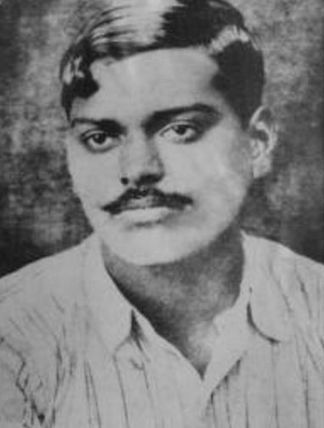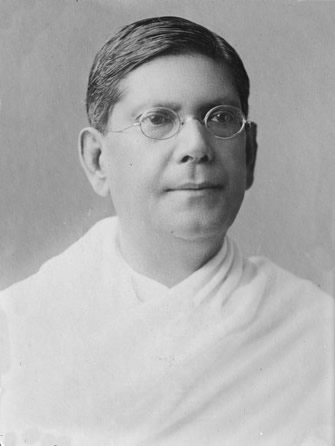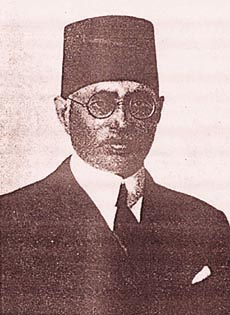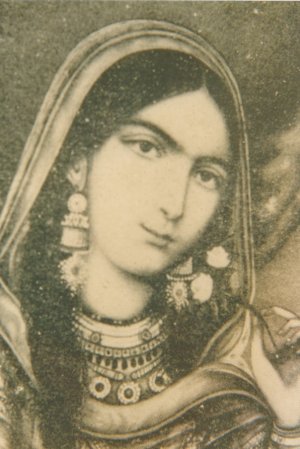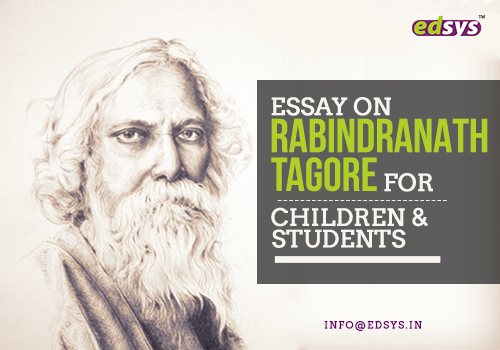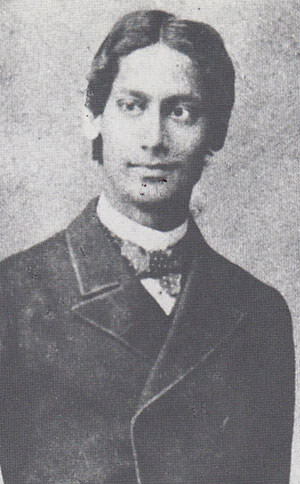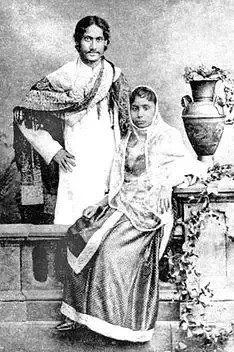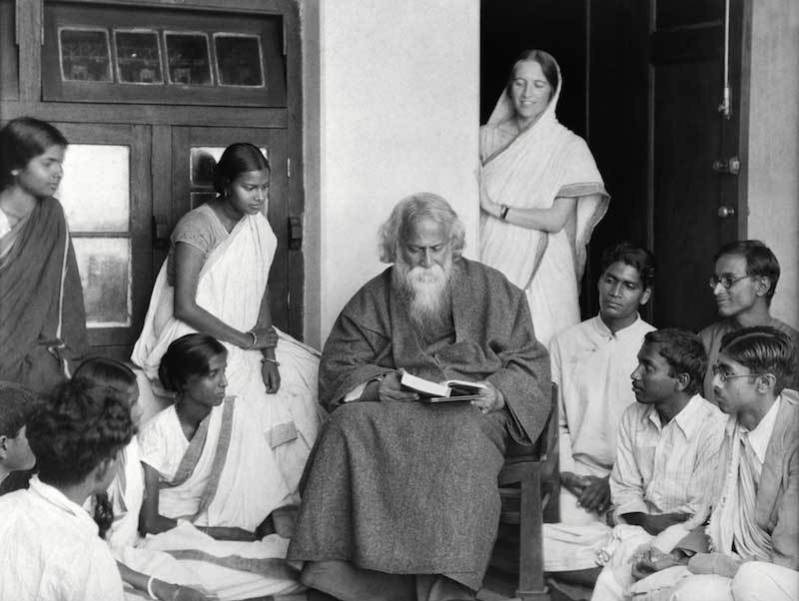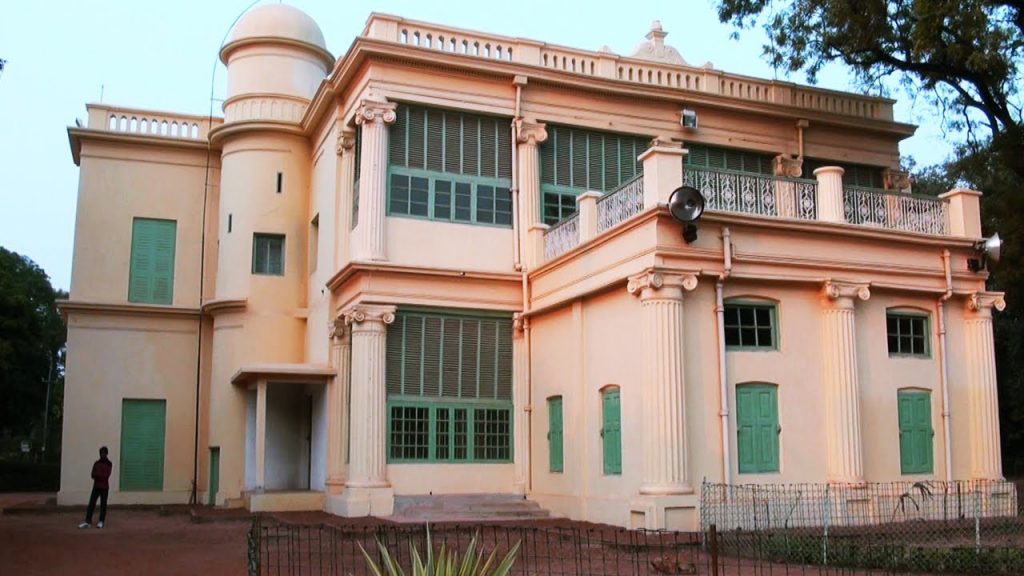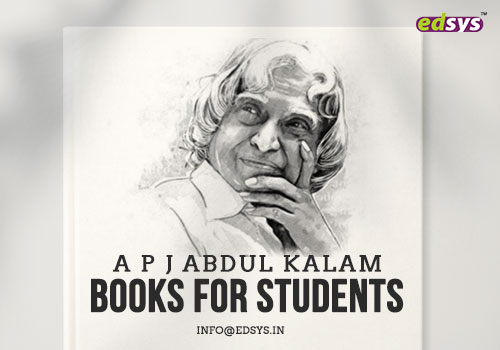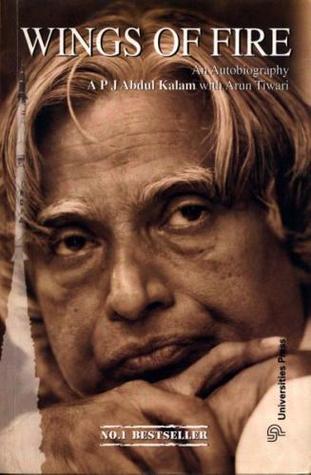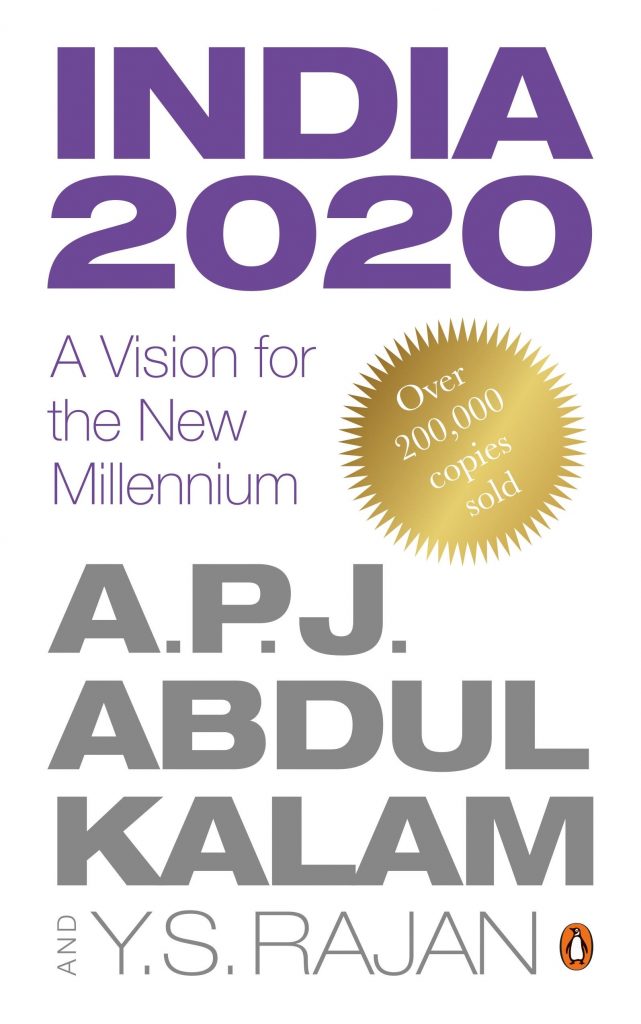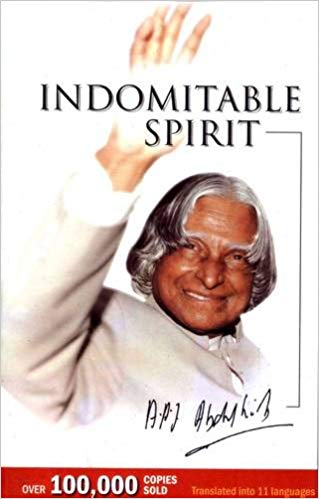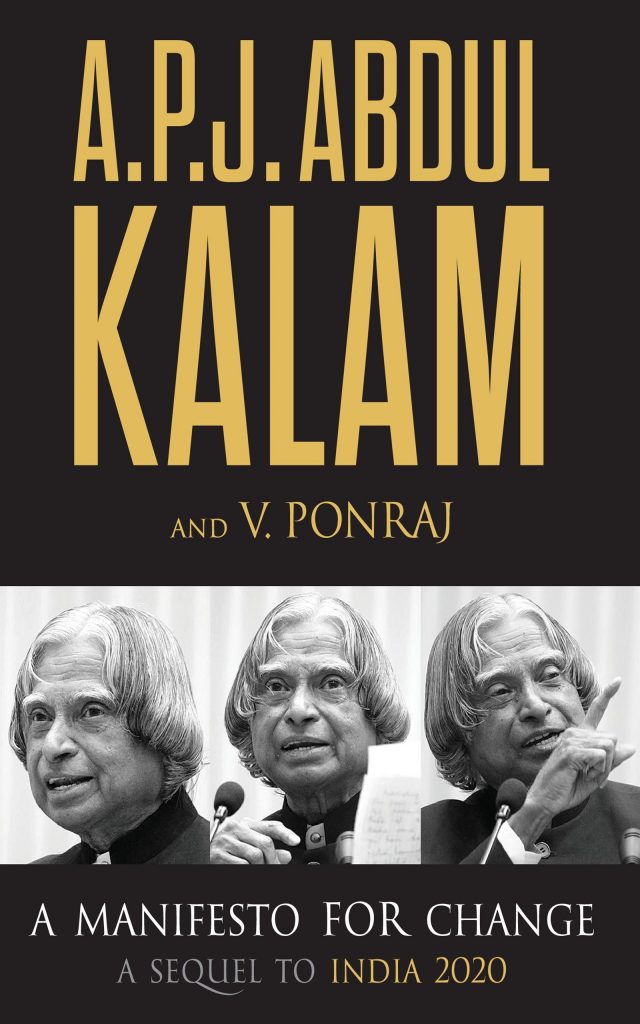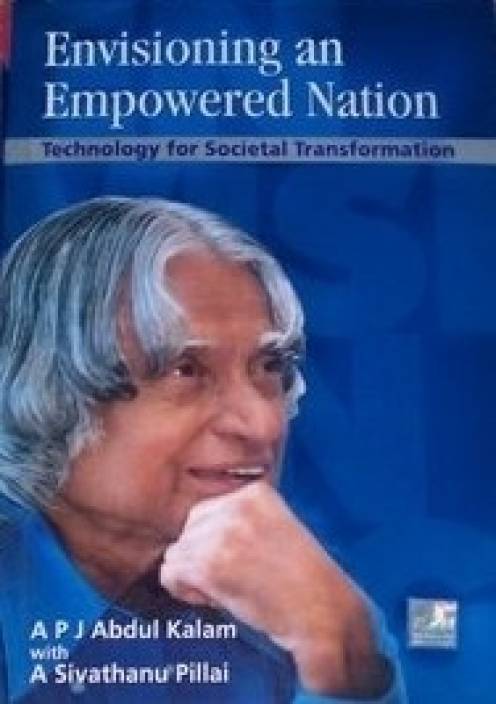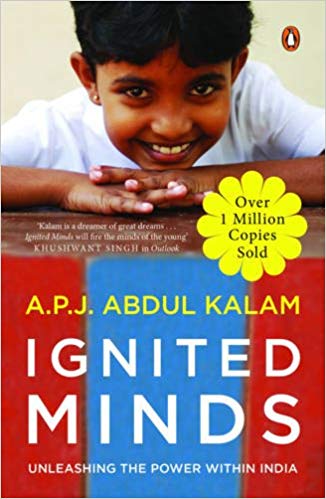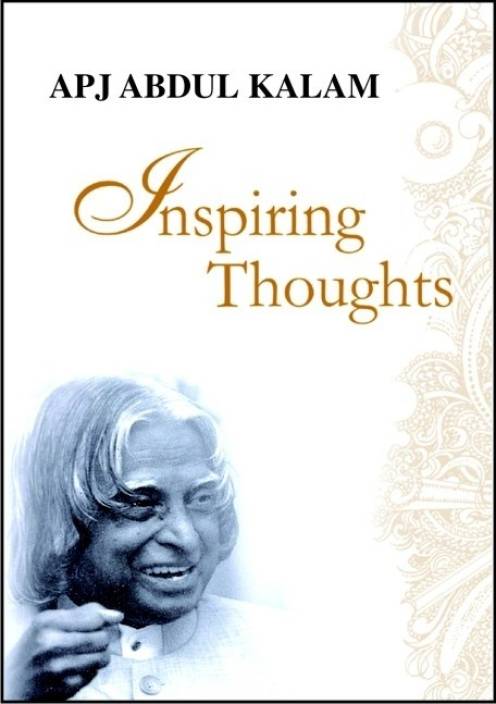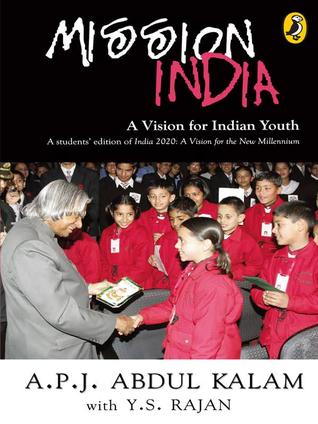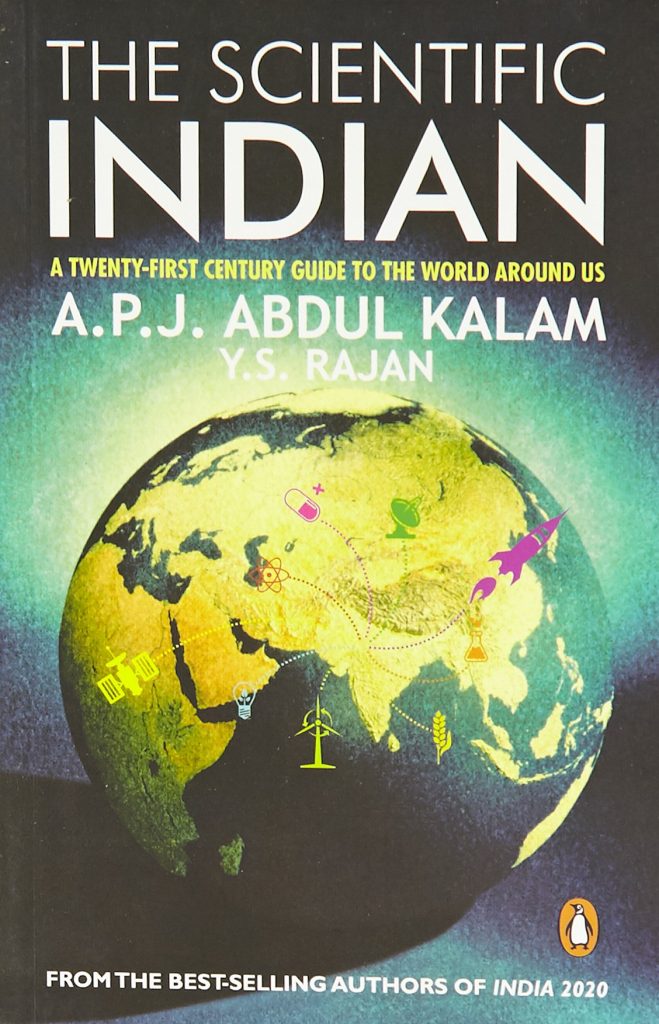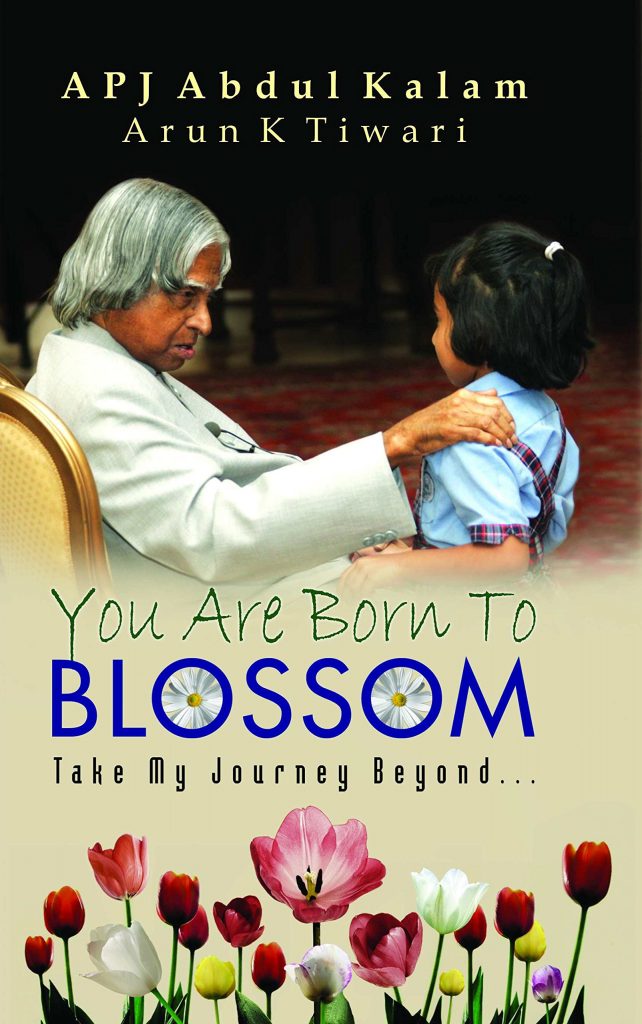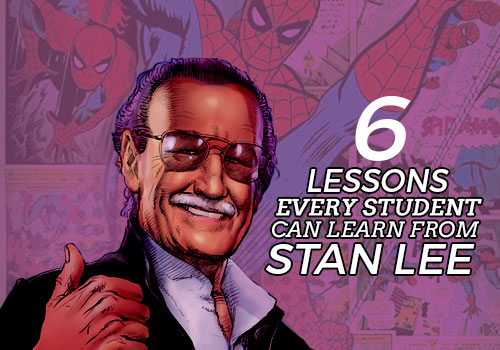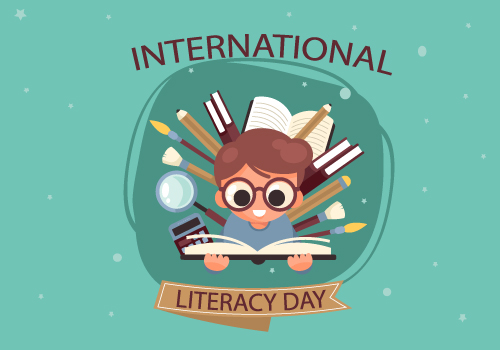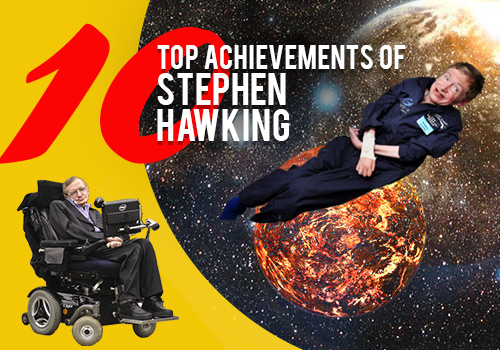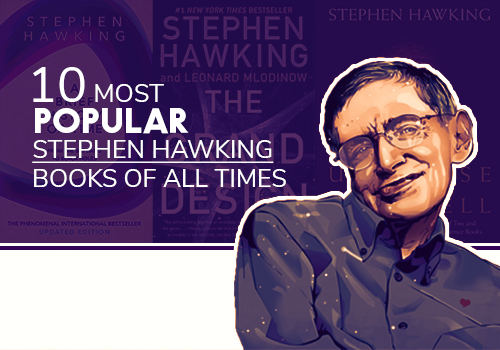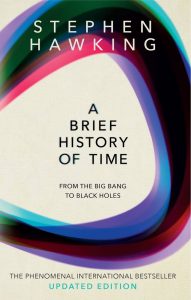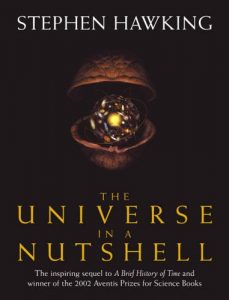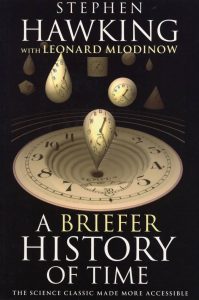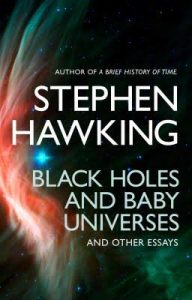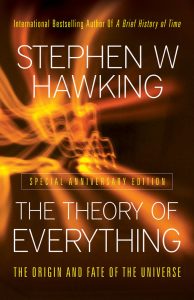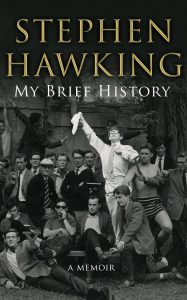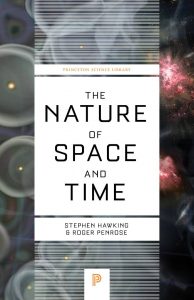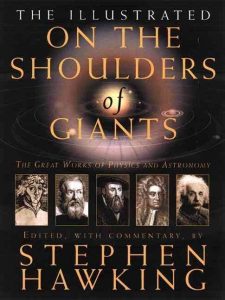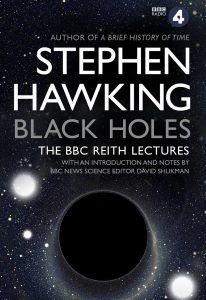One of the most famous and best teachers quotes says “Teaching is the one profession that creates all other professions.”
It is an undeniable fact that, without good teachers, there would be no scientists, politicians, engineers, doctors, writers, or artists. Teachers are the foundation of a good education system. When we talk about the role of a teacher in the learning process; it is not just in academics or sports, but also in the school of life.
What makes a Good Teacher?
A teacher is not just someone who teaches lessons and subjects. A teacher can be a person who teaches morality, character building, art, sport, a belief, a faith, or even a way of living.
He/ She is a guide, mentor, philosopher, and friend. A teacher guides the student to explore his/her talents and become successful in life.
Get FREE Students Apps (Check it Now)
There are teachers in the world who just teach the subject and there are visionaries who have motivated hundreds and thousands of students. In this blog, we will learn more about 15 best teachers in the world ever.
These great teachers stand apart from the thousands of other teachers across the globe for their passion and commitment to teaching. Their lives show us the multiple roles of teachers in a student’s life. These teachers didn’t confine teaching to the four walls of a classroom. They showed a world of opportunities to their students.
| Sl No | Teacher Names |
|---|---|
| 1 | Chanakya |
| 2 | Confucius |
| 3 | Anne Sullivan |
| 4 | Jean Piaget |
| 5 | Maria Montessori |
| 6 | Albert Einstein |
| 7 | Rabindranath Tagore |
| 8 | Dr. Sarvepalli Radhakrishnan |
| 9 | Savitribai Phule |
| 10 | Swami Vivekananda |
| 11 | Vivian Paley |
| 12 | Abdul Kalam |
| 13 | Erin Gruwell |
| 14 | Andrea Zafirakou |
| 15 | Peter Tabichi |
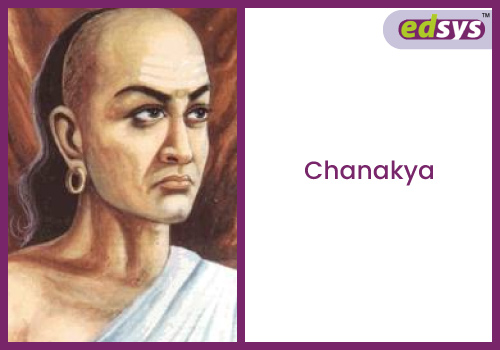
Chanakya, also known as Vishnu Gupta or Kautilya, was a professor of political science and economics in the ancient Takshashila University.
His book “Arthasastra” is one of the earliest books on economics and politics. The “shastras” that are described in his book is relevant even in this modern economy. History says that Chanakya was a guide and mentor to Chandragupta Maurya. This teacher played a huge role in establishing the Maurya rule in the Indian subcontinent.
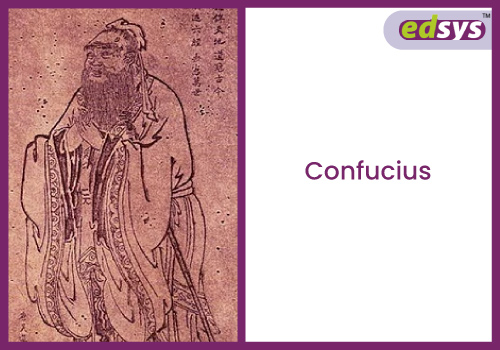
Confucius is regarded as the teacher of all teachers.He was also labeled as the best teacher ever. He was born into a noble family in China.
During those times, only the royals and nobility were allowed to learn and that too from government teachers.
Confucius was the first private teacher who taught all those who wanted to learn. His teachings and philosophies are called as Confucianism. The teachings of Confucianism include moral conduct, social behavior, and structured life. Confucius’s birthday is celebrated as teacher’s day in China.
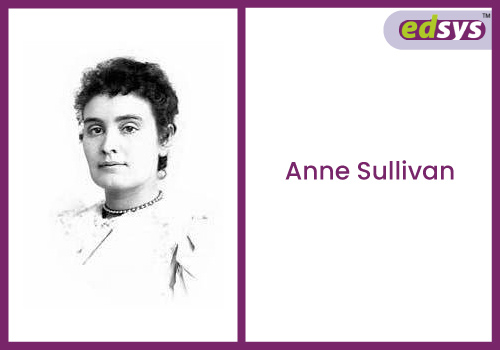
Anne Sullivan is best known for being Hellen Keller’s teacher. When she was five years old, Anne got an eye disease that made her partially blind.
She then attended the Perkins School of Blind to study. After she graduated, she became a teacher. Her first and only student was Helen Keller. Sullivan was her governess, teacher, and companion. Anne Sullivan is one of the world’s best teachers who dedicated her life to her student.
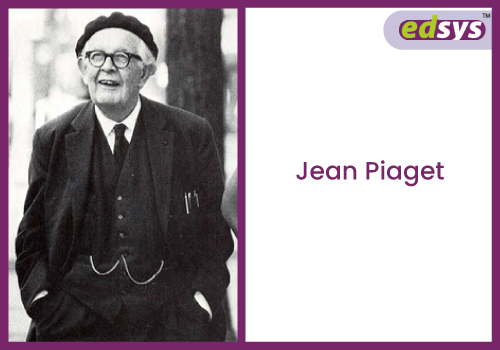
Jean Piaget revolutionized early childhood education. He was a professor of medieval literature, sociology, and psychology at the University of Neuchâtel.
In 1929, he became the director of the International Bureau of Education.
According to Piaget’s theory of learning, the role of teachers is to observe more than to transmit information and knowledge. A good teacher needs to observe the child and guide him/her towards knowledge.
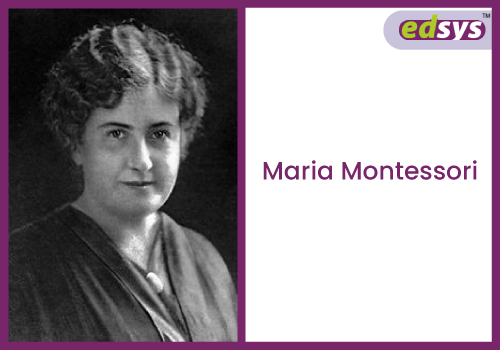
Maria Montessori is another educationalist who brought about a sea change in early childhood education.
A physician by profession, Maria worked with children who had mental disabilities. She observed the children and identified the ways of learning.
Based on her research, she came up with the Montessori teaching methodology that is still used in many schools. According to this theory, the key principles of learning are Observation, Independence, a Prepared environment, Absorbent mind, following the child, and correcting the child.

We all know Albert Einstein as one of the greatest scientists in the world. However, when he first started teaching at the university, many students didn’t sign up for his classes.
It was mostly because he was such a genius and a lot of students found it difficult to understand his teaching.
However, as Einstein’s theories became popular, his classes started to overflow. Albert Einstein is one of the best teachers who were passionate about his field. He also encouraged and motivated young minds interested in maths and physics.

A poet who won the Nobel Prize for Literature, Rabindranath Tagore is also a great educationalist.
Tagore was against the traditional teaching methodology where students need to sit in a classroom for hours and “parrot” what the teachers say.
He established the Viswa Bharathi University at Shantiniketan, West Bengal. They follow the traditional “Gurukulam” style of teaching. Even now, classes are held outside, under the shade of the trees.
Also Read: 18 Fun Classroom Activities For Students
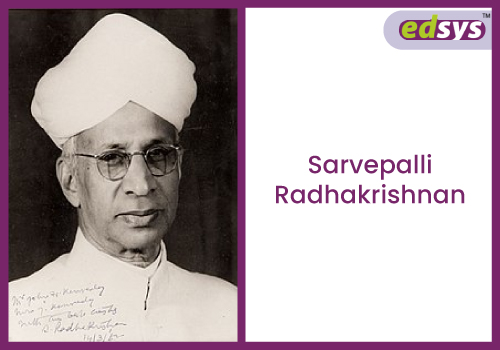
Dr Sarvepalli Radhakrishnan, the second President of India, was a professor before he became a politician. He was a professor of philosophy at the Madras Presidency College, University of Mysore and University of Calcutta.
Dr. Radhakrishnan is the first Indian to have a professorial chair at Oxford University. His birthday on September 5 is celebrated as Teacher’s Day in India.
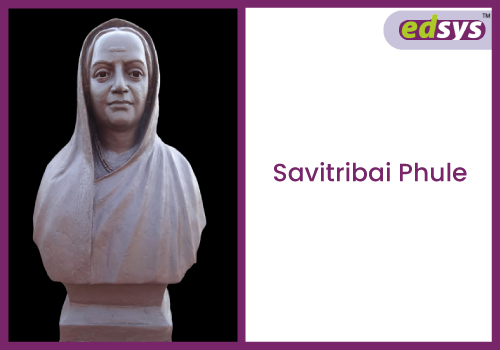
Savitribai Phule is considered to the first female teacher in the country. She was born in a small village in Maharashtra. After Savitri married Jyotira, her husband educated her.
She then did her teacher training in an institute run by the American Missionaries at Ahmednagar. After she completed her graduation, Savitri and her husband began to teach in Pune. Soon, they started three schools for girls in Pune. They are pioneers who established a base for women’s education in India.
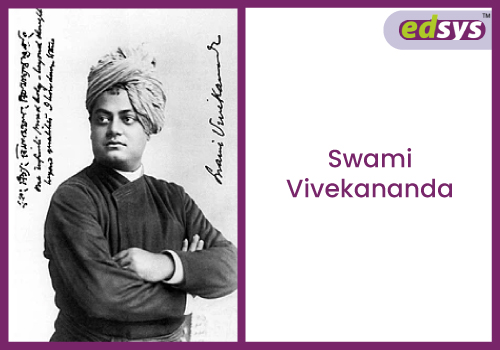
Narendranath Datta, popularly known as Swami Vivekananda, is one of the greatest teachers from India.
He was a spiritual teacher who told the world about Vedanta philosophy, Hinduism and its interpretations. His philosophy and teachings greatly influenced the education system of the country.
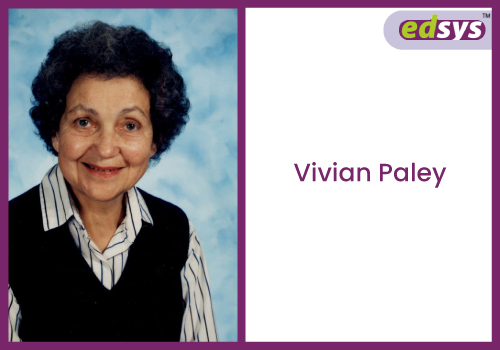
Vivian Paley was a teacher-researcher who used the storytelling approach to teaching. She taught kindergarten and preschool for over 37 years.
During this time, she worked on her teaching methodologies. She is the only kindergarten teacher to win the MacArthur award. Apart from teaching, she also conducted workshops and training programs for teachers. Ms. Paley has also written books on her experience in teaching.
Get FREE GK Apps (Check it Now)
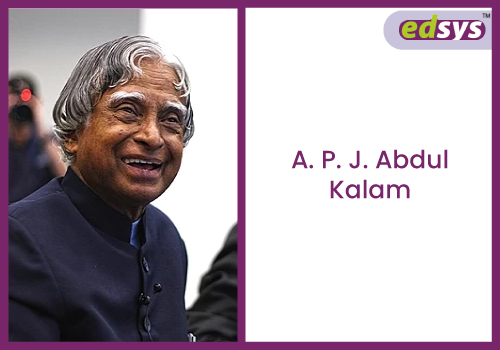
Though technically, he was a visiting professor only for a few years, he is one of the greatest teachers India has seen.
Abdul Kalam had donned several hats in terms of his career. He was an aerospace engineer first and then a science administrator at the ISRO and DRDO.
Abdul Kalam was then elected as the President of India. After his presidency, the missile man of India became a visiting professor in many colleges.
Kalam was a great believer of the strength of the students. He motivated students and encouraged them to follow their dreams. Kalam believed that the future of a nation was in the hands of the students.

Erin Gruwell’s first experience in teaching began when she worked as a student teacher in her school.
She would teach students who got low marks. When she saw what happened during the 1992 Los Angeles riots, she decided to become a teacher. Erin worked as a teacher for only for four years. But during that time, she encouraged students to maintain journals about their experiences.
Erin Gruwell was a role model for her students and guided them towards a better life.
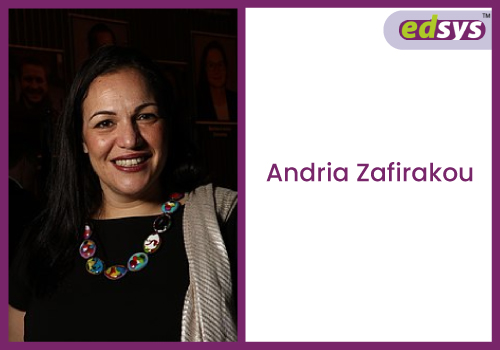
Andria Zafirakou, an art and textile teacher from London, is the winner of the Global Teacher Prize-2018’. She has been working at the Alperton Community School in London for 12 years. The students in the school come from crowded homes where many families live together. She uses art as a form of communication to help students express themselves.
Peter Tabichi is a Kenyan teacher who won the 2019 Global Teacher Prize. He teaches physics and maths at the Keriko Mixed Day Secondary School in a village located in the Rift Valley Province, Kenya.
Students from seven different tribes in the region attend the school. To encourage regular attendance, Peter started the Talent Nurturing Club. He also established community support activities to bring in local support.
Peter Tabichi is working to improve the living conditions and education of the students in his region.
Also Read: 16 Innovative Teaching Ideas to Make Your Teaching More Effective
Best Teachers in the World: Final Thought
There are still many best teachers in the world who are not on this list but have made huge changes in the lives of the students.
Teachers build the foundation of a child’s life, which in turn builds the society and the nation.
It’s not just enough to show our respect and gratitude to teachers during the teachers appreciation week or the teacher’s day.
Every little success that we have, every step that we forge ahead in our life is due to the efforts of our teachers. Who will you say is your best teacher ever? Share something about your best teacher and how he/she has changed your life.
